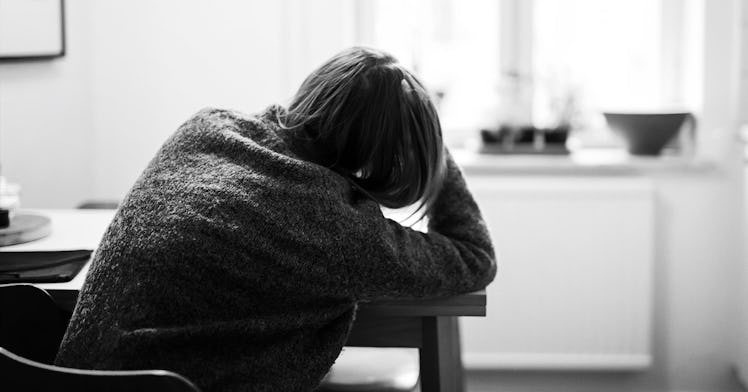Women Spend 50 Percent More Time Providing Care Than Men
Women are overwhelmed and tired. COVID didn't help.

The pandemic was devastating for public health, and devastating for the working and home lives of American moms. Millions of women left the workforce or were forced out of the workforce because of their caregiving responsibilities, and those losses, which will amount to hundreds of thousands in a regular working woman’s lifetime, will potentially never be recovered.
While moms have historically always been the people to shoulder caregiving responsibilities more than dads, the pandemic split the chasm of home responsibilities wide open. Indeed, a new study shows that women are doing more caregiving than men by a large margin. And it shows that the caregiving problem is one that existed far before the pandemic began.
Fidelity Investments recently published the 2021 American Caregivers Study and discovered some startling numbers on the state of caregiving that includes data from caregiving experiences before the pandemic, as well as during and after, that shows the gender divide.
“Across the country, an estimated 53M Americans provide unpaid care for loved ones,” the report says. “This includes those providing care for children, aging parents or partners, including those with a disability or experiencing illness.”
The study collected data from April 16 to 30, 2021, from American caregivers who currently provide care or have been caregivers within the past five years. To be included in the data, caregivers to kids have left the workforce to accommodate the responsibilities or reduce their hours. For caregivers to adults, they had to provide a minimum of five hours of care per week.
The study highlights a huge divide between what women and men juggle and highlights the reality that we’re not offering enough support for this important task.
According to the data, the average caregiver reports spending 61 hours per week providing care for kids and 28 hours caring for adults. Women make up 75 percent of all caregivers, and 55 percent say their hours have increased since the start of the pandemic.
Women report spending as much as 50 percent more time providing care than men. On average, women spend 68 hours a week providing childcare, where men report spending only 34 hours a week. Fifty-five percent of people in the study left their jobs due to the caregiving responsibilities (59 percent of women; 39 percent of men), and 45 percent of people reduced their hours from full to part-time.
Seventy-eight percent of caregivers said, “they had no idea how demanding caregiving would be until they became a caregiver themselves.” When the survey asked respondents to use a word to describe their experience, the answers showcase how much more support we need to offer. Answers ranged from “Exhausting” to “Stressful” and “Frustrating.”
One telling statistic was that 41 percent of people who decided to become a caregiver reported that the decision was mostly “practical,” i.e. based on financial decision making or the costs of care. This tracks, in particular, when the reality is that women make less than men and in dual partnerships, it generally makes more sense for the mom to stay home than the dad. Indeed, 83 percent of people who responded said they “really did not have a choice but to assume these responsibilities.”
The data also highlighted how mental health has been impacted by the added responsibilities of caregiving.
“Caregiving is one of the greatest acts of selflessness and love,” the study says. “But can also pose numerous challenges in terms of time and responsibility.” It’s not a surprise how much work caring for someone else is, whether that’s a child or an adult. Women have been struggling with this juggle for a long time. But, with children out of school, family members getting sick with COVID, and having no extra support available, the pressure and workload have hit an all-time high. And it’s well past time to actually do something about it.